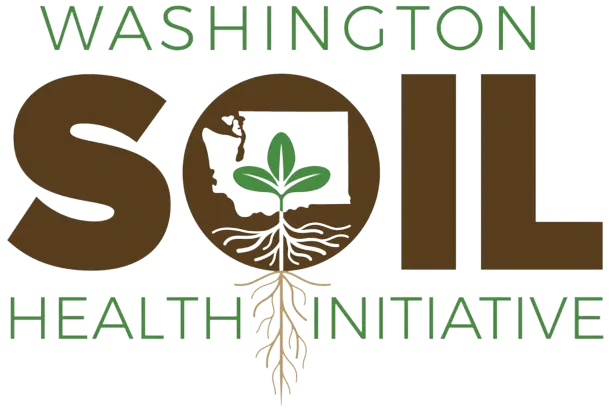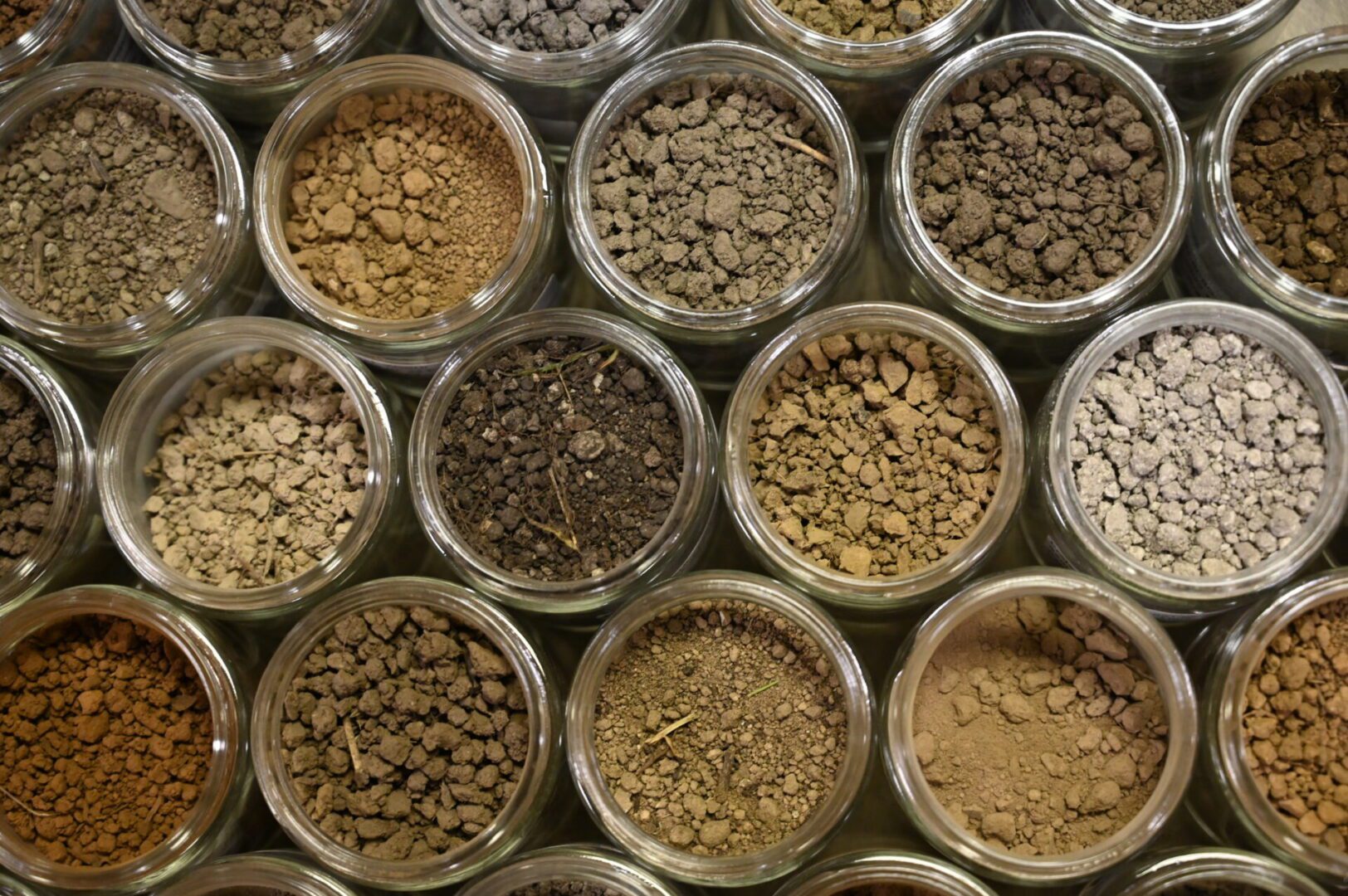
The State of the ‘State of the Soils’
By the end of 2024, the soil archive will include over 1200 samples and management surveys, with soil collected from every county in Washington.
March 12, 2024
Author: Dani Gelardi
State of the Soils sampling comes to an end...
In the ongoing quest to better understand and enhance soil health across Washington, the State of the Soils Assessment is in its fifth and final year of collecting soil samples. From 2020 to 2023, nearly 1000 soil samples were collected in over 60 crop types, led by the Washington State Department of Agriculture (WSDA) and Washington State University (WSU). These samples were collected with the help of over 300 farmers and 30 conservation districts (CDs). By the end of 2024, the soil archive will include over 1200 samples and management surveys, with soil collected from every county in Washington.
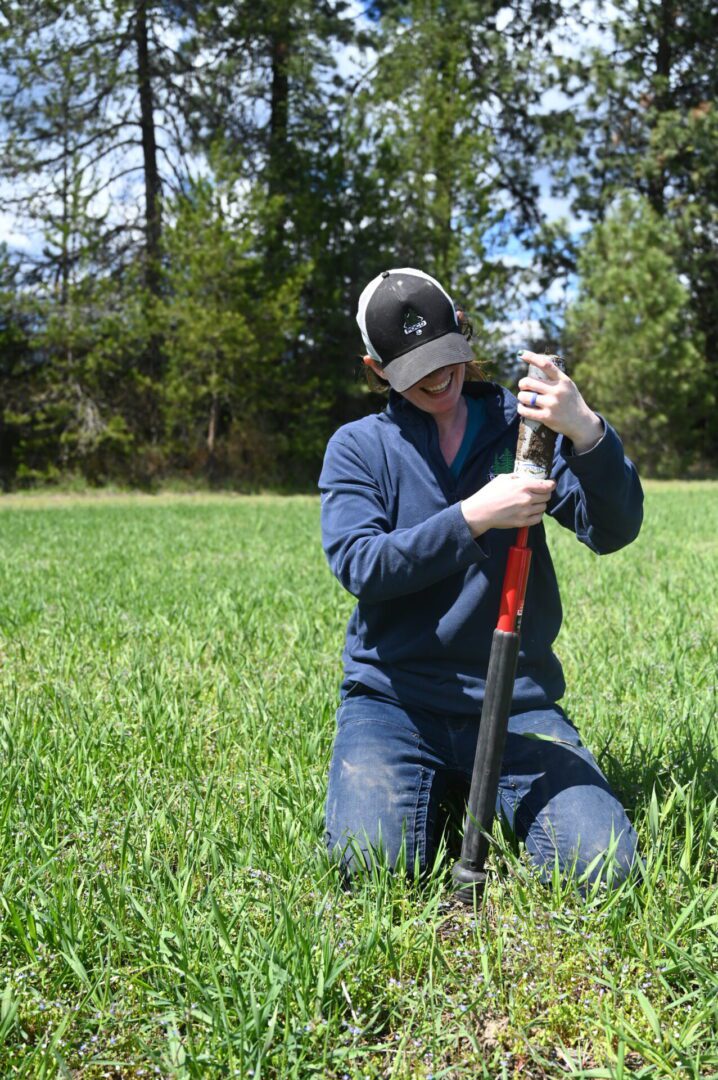

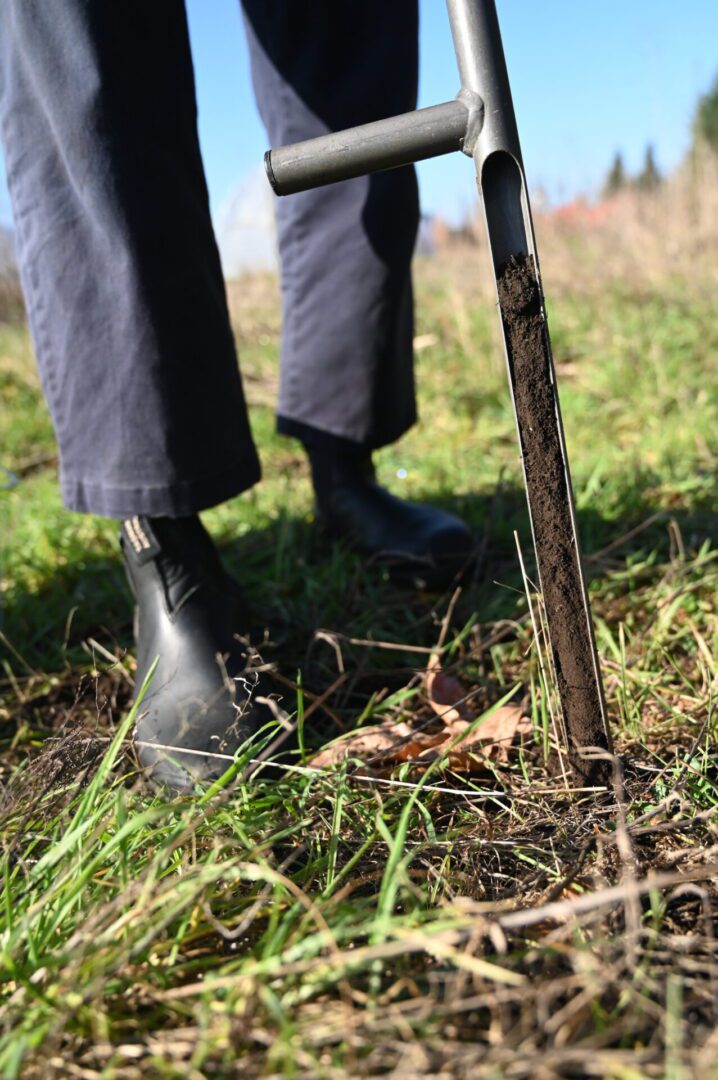

…as State of the Soils data analysis ramps up!
Though soil collection is coming to an end, the quest continues! This year marks a pivotal transition towards more intensive analysis of the samples already collected, and statistical processing of existing data. The team aims to harness the soils archive to glean deeper insights into soil health dynamics, and to refine recommendations for soil health management practices.
The following is planned for 2024:
- With funds from Washington’s Climate Commitment Act, a postdoctoral scholar was hired who will analyze the soils data for trends in management, climate, and soil texture, on outcomes like soil carbon stocks and—where possible—crop yield. This will lead to the development of Washington-specific decision support tools and soil health benchmarks.
- With the support of Steve Culman and Haly Neely at WSU, mid-infrared spectra will be collected from each archived sample. These data will contribute to a Washington spectral library, from which soil properties can be cheaply and accurately inferred without intensive and expensive laboratory analysis.
- The project team will continue to work with local soil laboratories to unify methods for many soil health measurements, which are newer and not yet fully standardized. The intent is to make soil health indicators more accurate and reliable, so results can be compared across labs.
- WSDA will open the State of the Soils database for the submission of data from projects that used similar methods and management surveys. Future submissions are planned from projects at Palouse and Foster Creek CDs.
- Finally, the intent is to gather microbiome data from the soils archive in the near future



A large archive of samples and data is not the only important outcome of the State of the Soils Assessment. Since the project inception, WSDA has partnered with 30 CDs, and provided nearly 80 agricultural professionals with in-person training, soil sampling protocols, and online resources for how to soil sample and how to interpret soil test results. Additionally, WSDA supported the State Conservation Commission to provide soil sampling equipment for 27 CDs. Collectively, these resources are intended to support CDs in promoting soil health well after the State of the Soils Assessment ends.
In a 2021 survey about project impact, CD staff reported meeting other conservation professionals for the first time, having an excuse to outreach to new producers, and learning crucial new skills. Importantly, organizing CDs are provided customized soil health reports for every farmer in their project (over 300 distributed so far!). Reports compare a farmer’s soil health metrics with others in the same crop and region, expand awareness of soil health, and enable relationships between agricultural professionals and growers.
As the State of the Soils Assessment enters its final phase of sample collection, WSDA and WSU remain grateful to all the farmers, CD staff, and other participants who have contributed their time and resources. Their dedication has been instrumental in shaping the project's success, and will continue to drive its impact in the years to come.
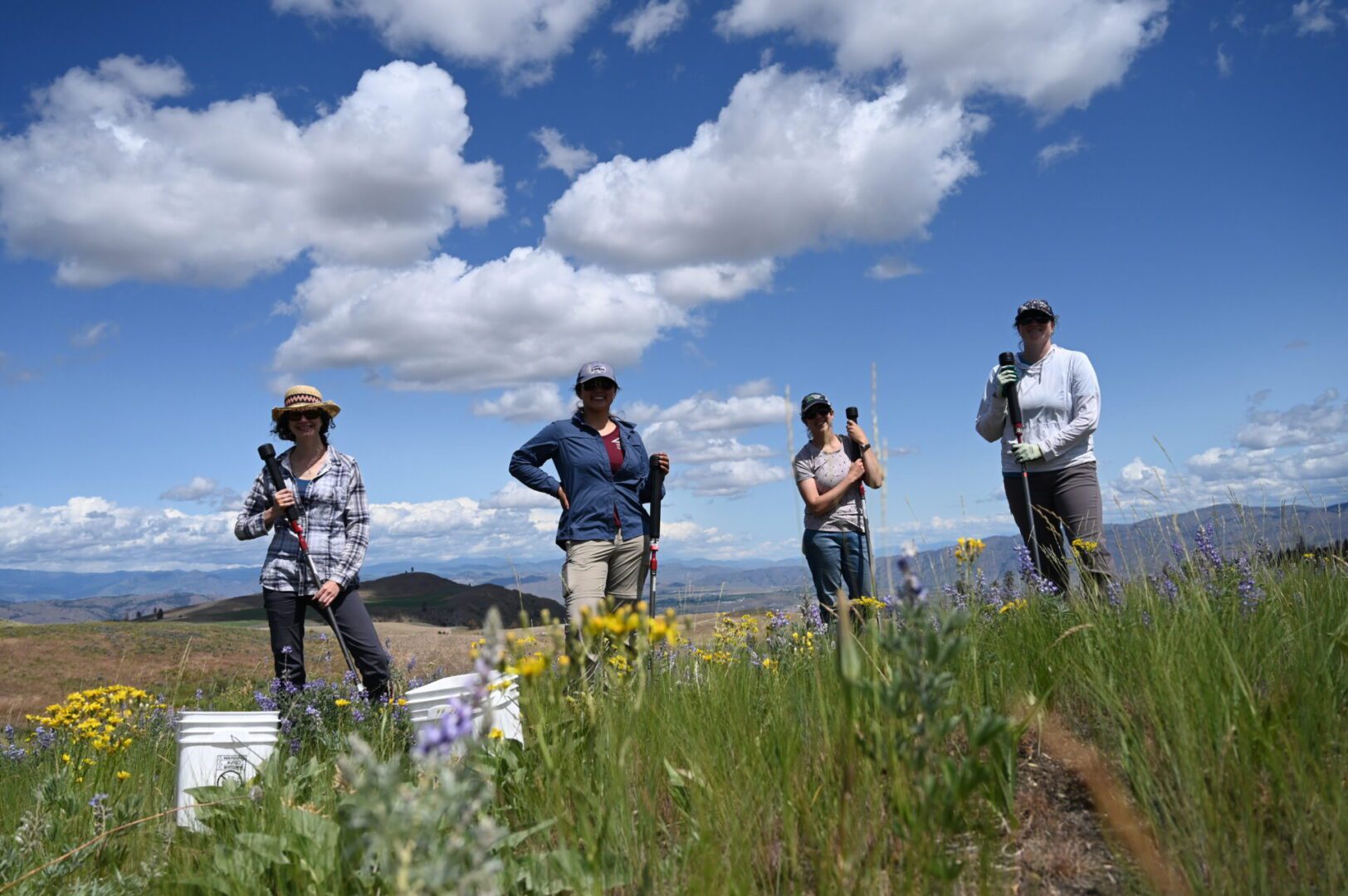



Dani Gelardi
Dani Gelardi is the Senior Soil Scientist and Climate Coordinator at the Washington Department of Agriculture where she leads soil and climate efforts for the agency including the Washington Soil Health Initiative.
This article was published by the Washington Soil Health Initiative. For more information, visit wasoilhealth.org. To have these posts delivered straight to your inbox, subscribe to the WaSHI newsletter. To find a soil science technical service provider, visit the Washington State University Extension website or the Washington State Conservation District website.
